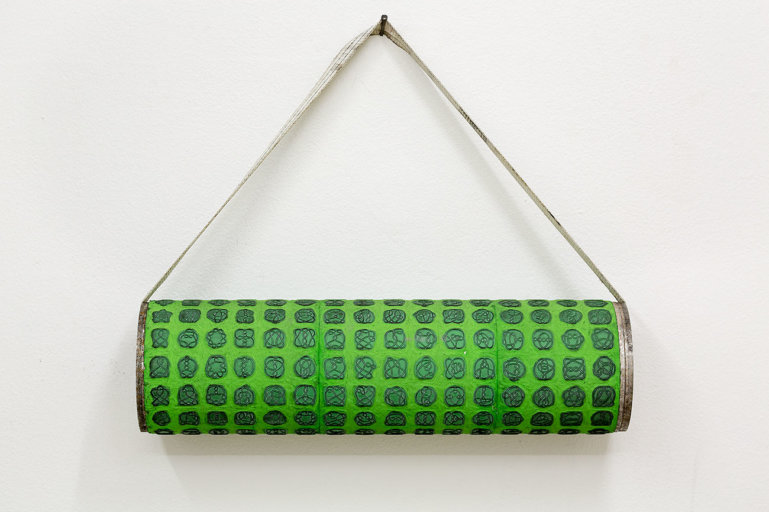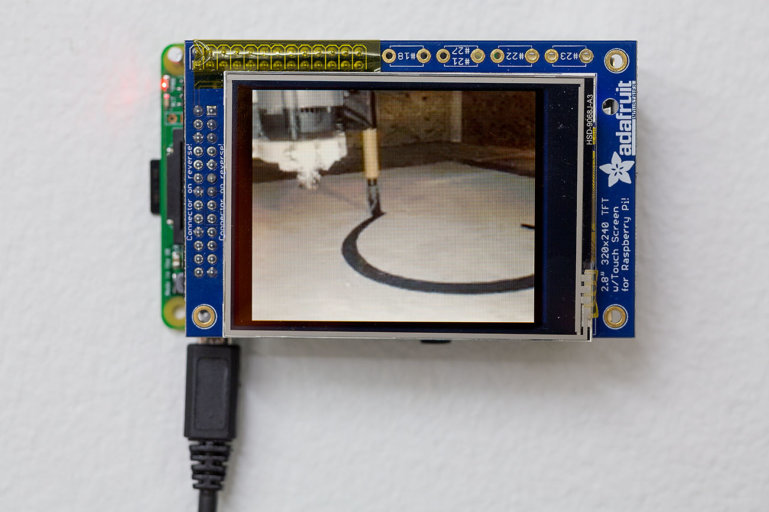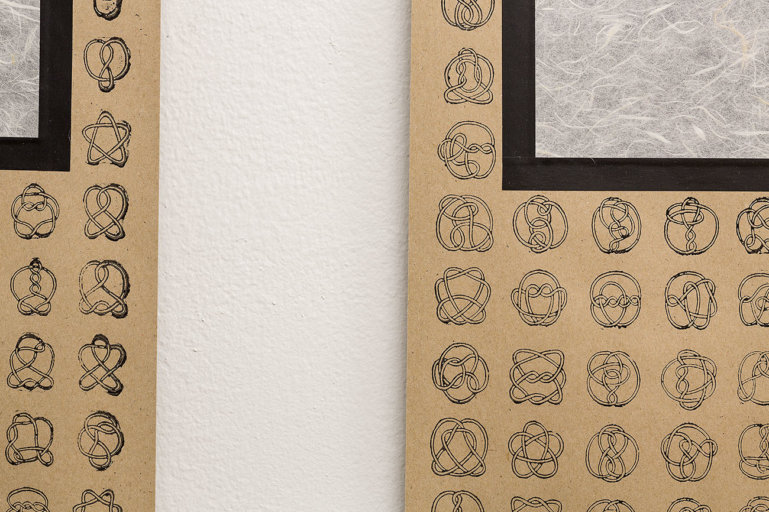Preface to Unknot Knowledge: Hollows & solids
Imagine, and try to visualize a model of nothing in particular. Already there is a certain charm to it, even if it is unclear what it is for. While having only rudimentary syntax and no semantics, it is still a model, and as such it is self-contained and without any internal contradictions, like an excellent theory.
In a sense it is a conceptual model; it explains the first virtue of any good model; being true within its own boundaries. An idea can do quite well on this merit alone. Consider for example this depiction, or model, of infinity: ∞. It must necessarily be a loop, i.e. have boundaries, to fit on a piece of paper. Equally convenient and printer-friendly is the more elaborate endless knot of Tibetan Buddhism (the meaning of which is more complex).
Likewise, whenever a model is formulated with the ambition to encompass the entirety of nature, the cosmos, or infinity, it can be thought of as the linguistic construction of a new micro-cosmos (or micro-infinity). As pleasing as it may be, it is possible that by abstraction and the seemingly necessary reductionism, it loses touch of its subject.
The relation of aesthetics and symmetry (the beautiful), to the validity of a hypothesis (the truth) and its moral implications (the good), is an old but persistent topic in human history. It is interesting still because only one of these qualities can easily be discerned by humans, and thus intuitively becomes the guiding principle in search of that which is, in Wittgenstein’s words, true enough. As an example, it was the pursuit of a beautiful equation that led Albert Einstein to produce the theory of relativity. Understanding is, after all, just the appreciation of pattern, and nature is pattern upon pattern upon pattern, on layer upon layer upon layer, to quote the American philosopher Terence McKenna.
There are plenty of models that -in spite of their elegance- are either too specific or too vague to be applied. In the realm of science, ideas like that are sometimes referred to as beautiful losers, retaining a certain respectability by means of their aesthetic allure. In the 1860s, Lord Kelvin theorized that atoms were in fact knots in the aether, “vortex atoms”. Inspired by this, physicist Peter Tait swung into action and produced the first knot table, presenting knots with up to ten crossings, the first of which was of course a plain circle, the unknot.
While failing as a theory of physics, despite its popularity among scientists at the time, the depictions produced by Taits in his systematic classification of the knots are captivating in their own right. Even if they were not the building blocks of the universe, they served as motivation for the mathematicians of knot theory.
Now, as far as knot theory is concerned, all these knots are just variations of the circle, perhaps the most common symbol of totality. Concurrently, the circle is defined in this context by its not-ness, its wú. It is each and every one of the knots, and none of them as well. Drawn in by associations to Zen Buddhism, Rickard Ljungdahl Eklund approaches this by means of ink painting, specifically the Zen art of drawing a circle, or ensō as it is called, which is considered an imprint of the soul of its author and the moment in which it is performed.
In addition, another -and much older- model, that really seems to blur the line between the concepts of truth and beauty with its uncanny correlations to nature and time, and its refined simplicity, is the I-ching. Informed by the structure of this cultural artifact, Eklund commits to the task of bringing forth a dream-like object as a sculptural piece. Represented in this object most notably as the number 64, 64 hexagrams – 64 faces of time and 64 codons of DNA, the I-ching is suggestive of the primacy of language. We are in a sense in the ‘middle’ of language here, looking back in time to see where it comes from, and forward to discover what can be done with it. As a 4000 year old binary system, the I-ching spans a significant part of this human enterprise.
Eklund brings a diverse toolset to bear on these themes under the title Unknot Knowledge: Hollows & Solids, and even poses the question: Does a CNC machine, aptly named “ZenBot”, possess Buddha-nature? The key may lie in its execution of the ensō, the unknot.
Text by John Salquist
Welcome to the opening reception Friday March 27th, 6-9pm
© Hendrik Zeitler







